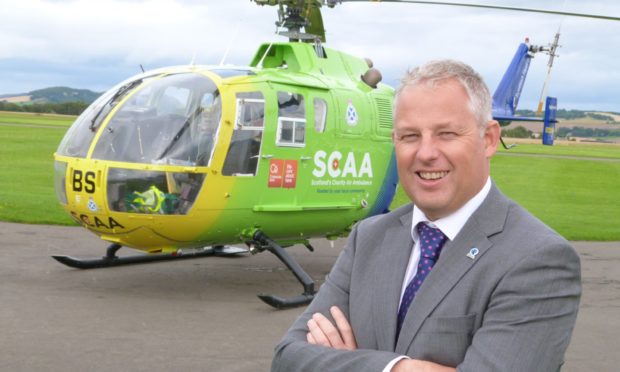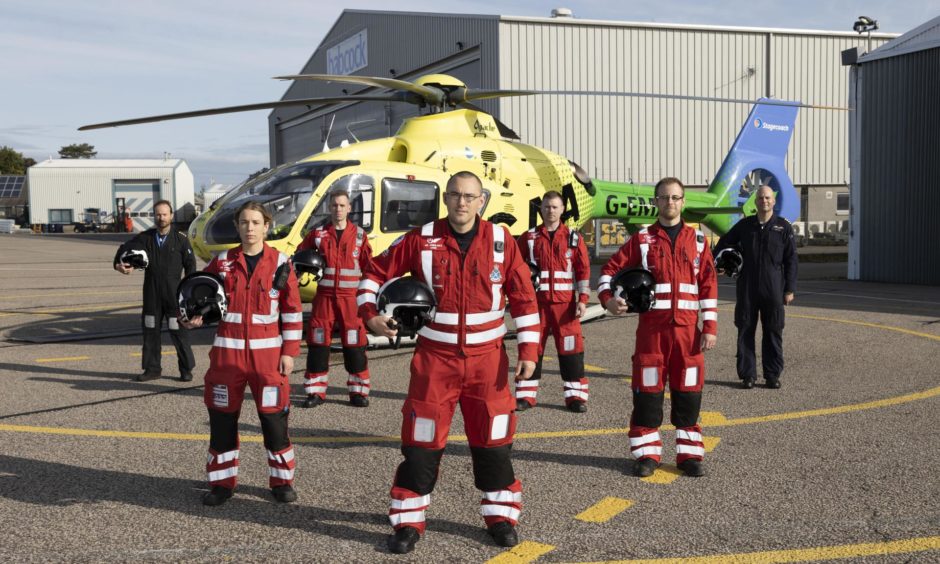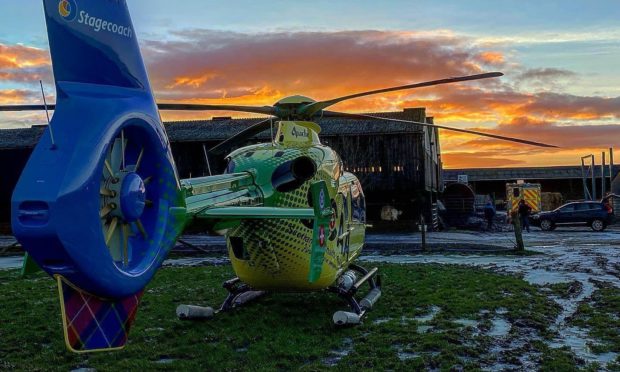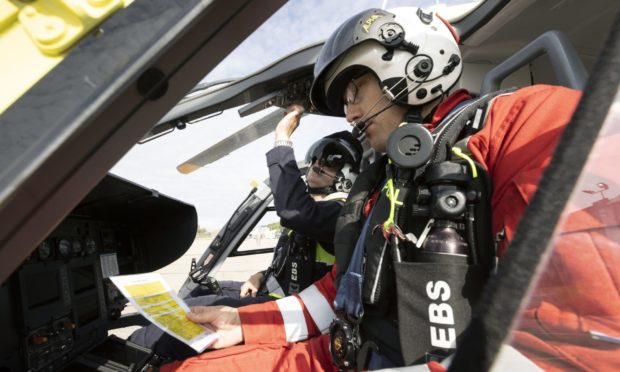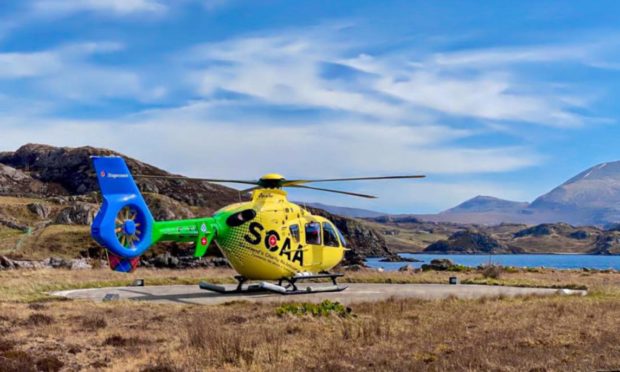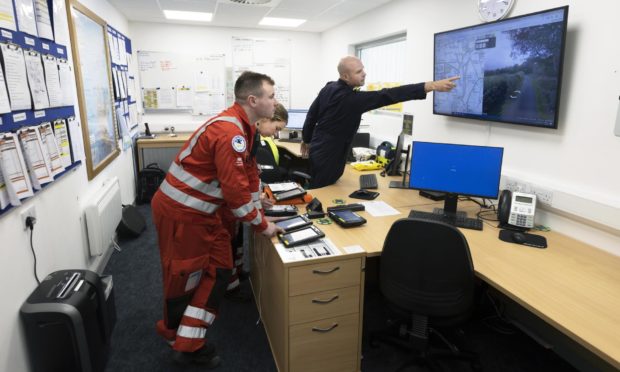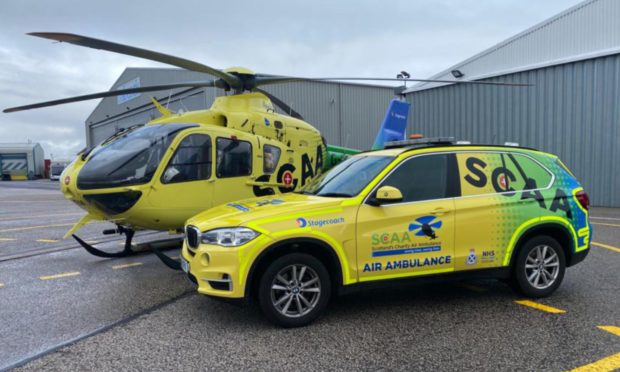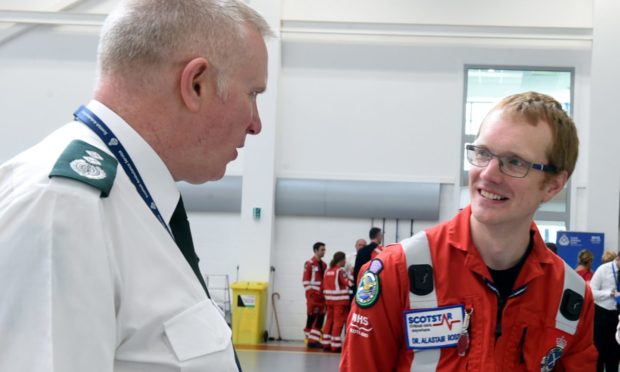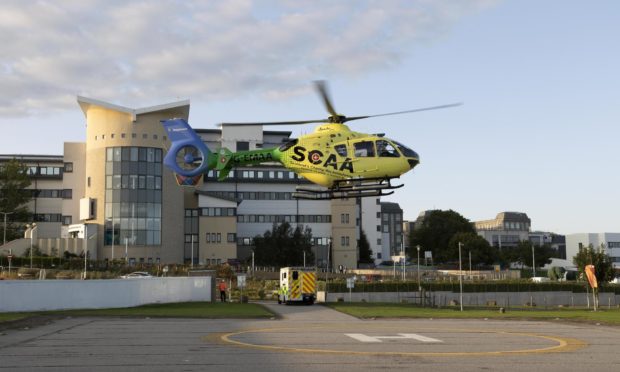“There is no greater time to expand and improve,” says the boss of Scotland’s Charity Air Ambulance (SCAA) as he reflects on a year of operation in the Granite City.
As Helimed 79 marks its first-year anniversary, SCAA chief executive David Craig has highlighted the resilience and dedication of the life-saving helicopter crew.
Since it first took off on April 3 last year, the charity’s second aircraft, based at Aberdeen Airport, has proven its worth hundreds of times.
However, Mr Craig admitted that there were a great many challenges to launch and sustain the ambitious project in “the year no one has predicted”.
He said: “The initial lockdown in March last year gave us an unprecedented challenge, but I’m pleased to say that with so many people working behind the scenes to deliver that service on time, we managed to overcome every obstacle along the way – and that is a real achievement.
We are in the single biggest medical crisis of our generation and there is actually no better time to launch an air ambulance to continue to meet the demand and need across Scotland.
“The pandemic had no impact on the operation – the crews and the aircraft were ready, we were fuelled up and ready to respond to any incident across all of Scotland.
“And for Aberdeen that was around 170 times, which is still a significant number, when you think that we were in lockdown for 6 months.
“It’s not been a normal year for us, but we are still trying to run a charity and deliver a 12-hour, seven-day-a-week, 365-day service, which I’m pleased to say we have managed to sustain and maintain.”
Vital service for the north and north-east
Plans for introducing an aircraft in the north-east first came to light in 2018, following the success of SCAA’s Helimed 76, which flies out of Scone in Perthshire.
The aim was to expand the vital service and ensure patients across the north and north-east receive the best possible outcomes.
“Time is critical in situations of an emergency and the benefit of an air ambulance is that we can provide rapid paramedic care,” Mr Craig said.
“One of the key drivers for introducing the aircraft in Aberdeen was the introduction of major trauma centres in Scotland.
“Looking at the north and north-east, getting to trauma centres by road is a challenge, mainly due to how vastly spread out towns are.
“An air ambulance can offer that quick response to very remote, rural and inaccessible areas.
“At the end of April, people will be able to travel more freely and will be out and about a lot more, doing all the activities that they haven’t been able to do, and that is likely to increase demand.
“So one of the things that we’ll be looking at is how to expand our operation even further.”
Long-term plan: Dedication to expand and improve
Looking ahead, SCAA’s team is dedicated to enhancing its operation and bringing more pre-hospital care to locations across the country.
The charity’s future projects will be driven by data collected over the past year, as well as demand and new developments across Scotland’s health and social care partnerships – all of which will be thoroughly assessed and evaluated.
Mr Craig added: “Our work in the longer term will focus on continuing to improve and that’s the key thing – continuous improvement for ourselves, which ultimately should lead to better outcomes for patients.
“A lot of it is looking at enhancing the capability, increasing the resilience within Scotland and ensuring that patients can get into hospital and get further appropriate care, so we can then rehabilitate them back into their own communities.”
Appeal for support
As a non-profit organisation, SCAA relies entirely on sponsorships and public donations to maintain its operation.
Prior to the launch of the Aberdeen aircraft, the charity started a fundraising campaign to help bring the plans to fruition.
The initial target of £6 million was to cover the development of the new base and the first three years of service.
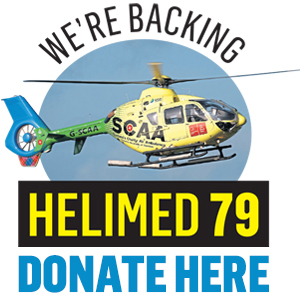 So far, SCAA has secured around £4 million of funding – providing the running costs until 2022 – but it is still in need of further donations to persevere following the impact of Covid.
So far, SCAA has secured around £4 million of funding – providing the running costs until 2022 – but it is still in need of further donations to persevere following the impact of Covid.
Mr Craig stressed, however, that the support from the Scottish public has been their greatest ally in a challenging year.
He said: “We remain humbled by the support people have continued to provide us during these very difficult times.
“We will continue to ensure their financial support is designated to increasing air ambulance provision in Scotland, which is going to be a benefit for everybody in the country.
“There will never be a greater moment in which we’ve suffered such a significant financial impact as we have in the last 12 months, but in saying that, we’ve had a lot of support in the past year and we hope that will continue as we go into the next chapter of our development.”
Scotland’s Charity Air Ambulance has made a huge impact since 2013, saving lives and preventing suffering.
That is why the P&J campaigned successfully for SCAA’s second helicopter to be based in our region.
It has now been a year since the aircraft – call sign Helimed 79 – started flying missions from Aberdeen Airport.
But this is an emergency service that relies entirely on donations.
Each call-out costs about £2,500 and SCAA needs P&J readers to help hit its £6million target to cover the cost of its first three years operating in the north-east.
So please do anything you can to raise those funds and show that We’re Backing Helimed 79.
Ways to donate to SCAA
- Website: www.scaa.org.uk/donate
- Text: Text ‘SCAA’ and the amount to 70085
- Phone: 03001231111
- Cheques: Made payable to ‘SCAA’ or ‘Scotland’s Charity Air Ambulance’ and sent to: Scotland’s Charity Air Ambulance (SCAA), The Control Tower, Perth Airport, Scone, PH2 6PL
